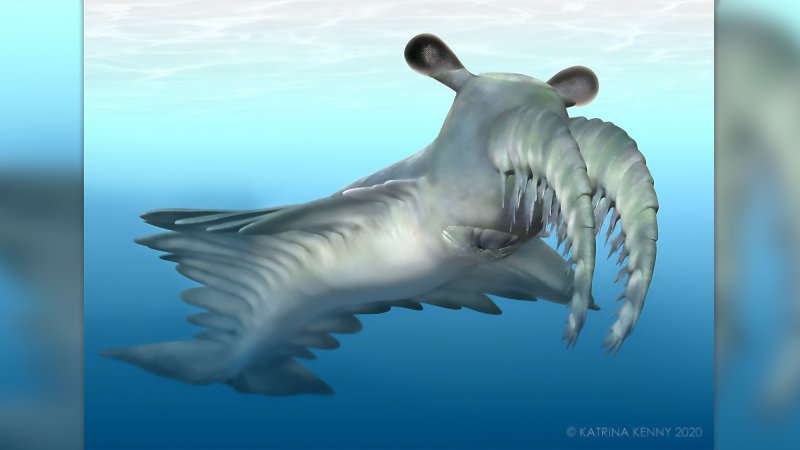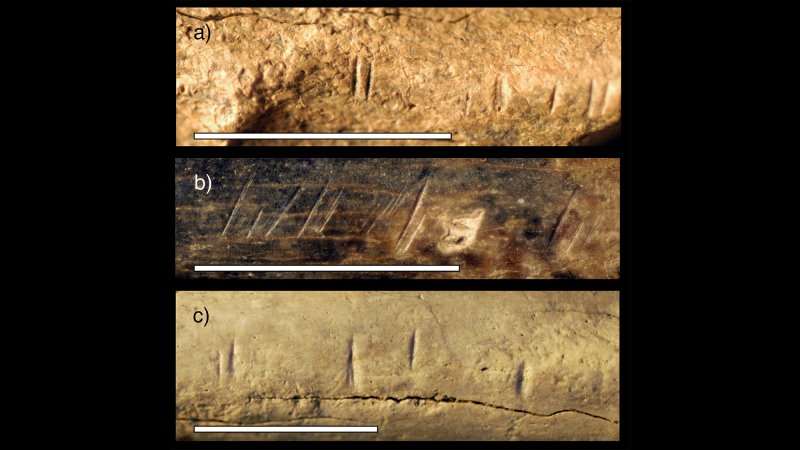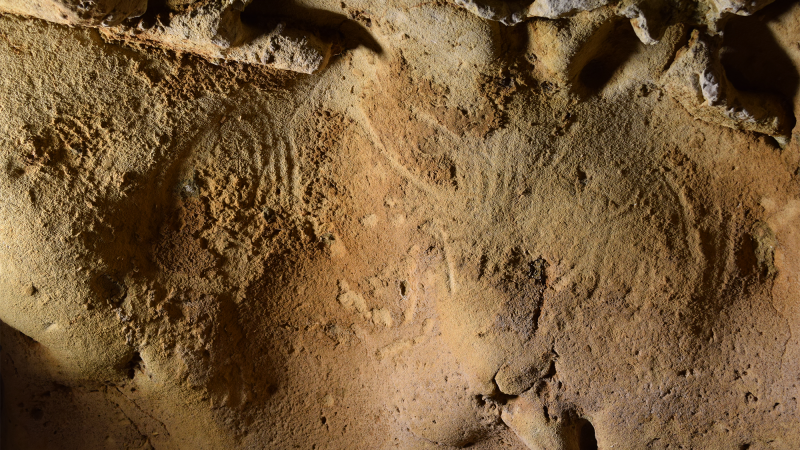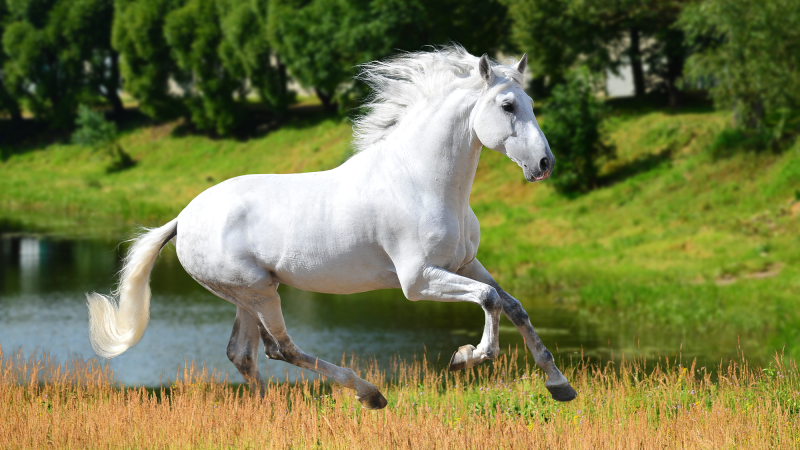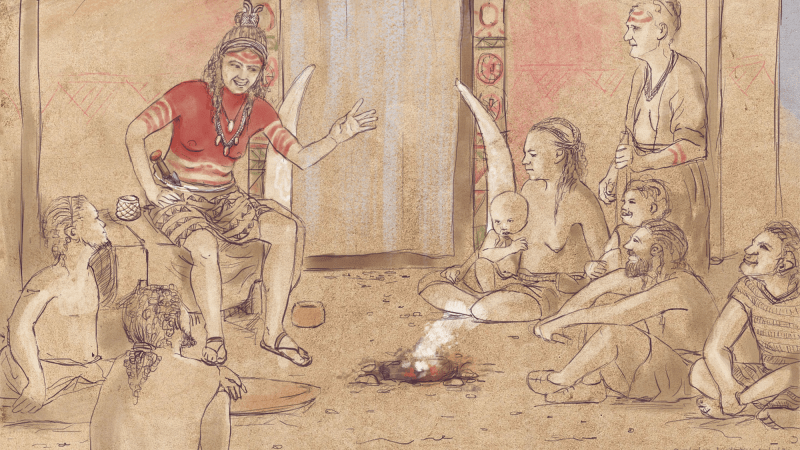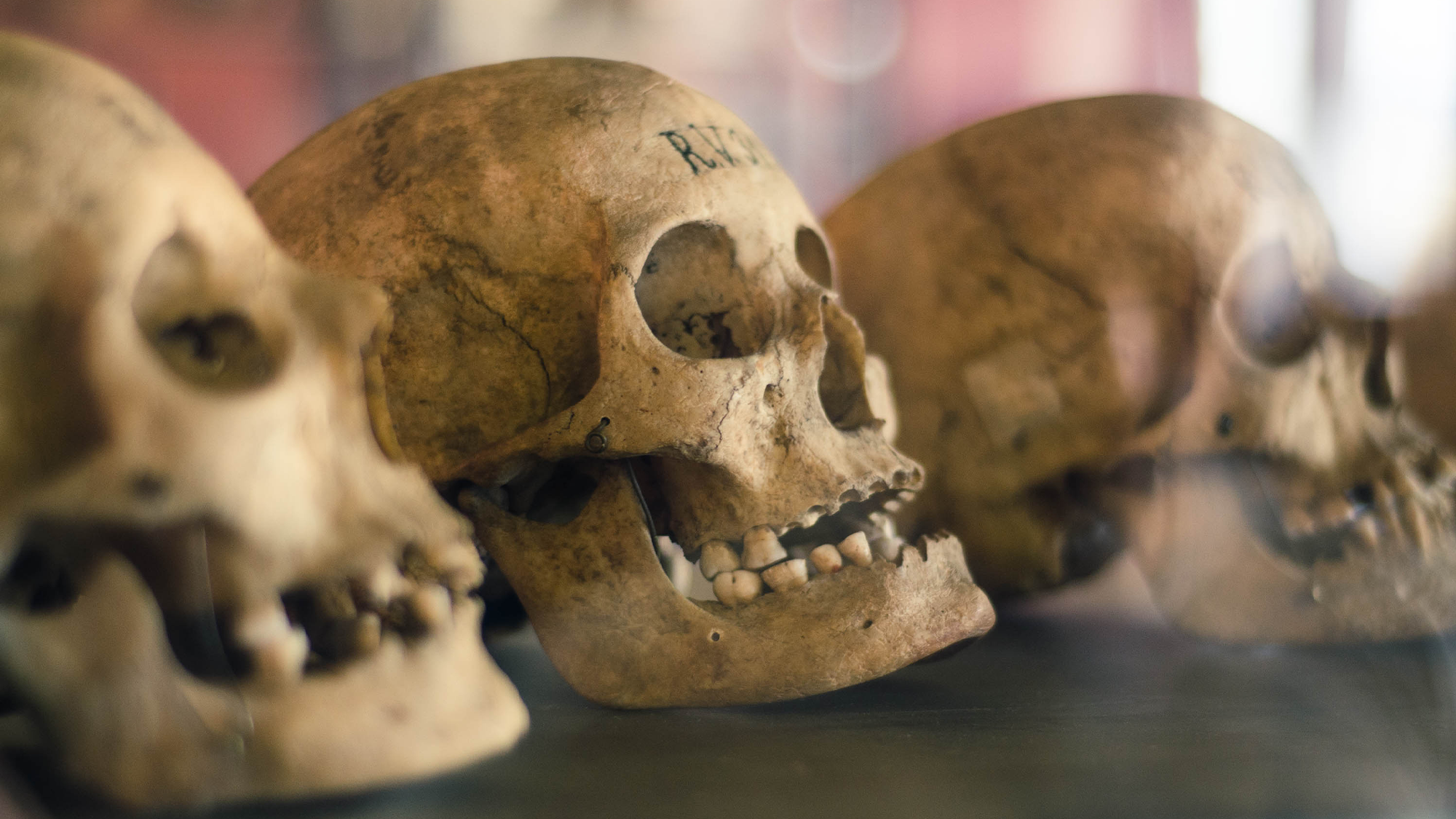

Modifying our bodies, from external expressions like piercings and tattoos to more internal changes like drilling holes into skulls or foot binding, is quintessentially human. Now, a team of biological anthropologists and archaeologists from Kyushu University in Japan and the University of Montana are learning more about how Japan’s Hirota people partook in a millennia old practice of intentional cranial modification. Their findings,published August 16 in the journal PLOS ONE, also found that there were no significant differences in cranial modification between males and females, indicating that both sexes partook in the process.
[Related: Mysterious skull points to a possible new branch on human family tree.]
Humans are born with fairly soft and pliable skulls to help push our large braincases through the birth canal. During cranial modification, a person’s head is pressed or bound to permanently deform the skull. This is primarily done at an early age, and the practice even predates written history.
There is evidence that Neanderthals living 45,000 years ago were shaping their infants’ skulls, possibly because it was believed to be better for survival. In Mexico, the Maya may have intended it as a way to protect the souls of its young people. A form of artificial cranial deformation in which a baby’s head was tightly bound and padded to protect the skull from impact was still common among peasantry in Western France as recently as the early 1900s. Scientists theorize the practice was generally performed to signify group affiliation or demonstrate social status.
Now, scientists are gaining a better understanding on how the process occurred in in Japan’s Hirota people, who lived on the island of Tanegashima in southern Japan during the end of the Yayoi Period (roughly the 3rd century CE) to the Kofun Period (between the 5th and 7th century CE).
“This site was excavated from 1957 to 1959 and again from 2005 to 2006. From the initial excavation, we found remains with cranial deformations characterized by a short head and a flattened back of the skull, specifically the occipital bone and posterior parts of the parietal bones,” study co-author and Kyushu University biological anthropologist Noriko Seguchi said in a statement.
While this particular dig gave the team an ideal spot to study cranial modification, it was not clear if these changes to the skull had been truly intentional or not. In the study, the team used a hybrid of 2D images to analyze the shape of the skulls’ outlines and 3D scans of their surface. They also compared data from skulls from other archeological sites in Japan, including the Doigahama Yayoi people in Western Yamaguchi and the Kyushu Island Jomon people, who were the hunter-gatherer predecessors to the Yayoi people.
[Related: Skull research sheds light on human-Neanderthal interbreeding.]
“Our results revealed distinct cranial morphology and significant statistical variability between the Hirota individuals with the Kyushu Island Jomon and Doigahama Yayoi samples,” said Seguchi. “The presence of a flattened back of the skull characterized by changes in the occipital bone, along with depressions in parts of the skull that connects the bones together, specifically the sagittal and lambdoidal sutures, strongly suggested intentional cranial modification.”
While the team is still not sure what motivated the Hirota people to do this, they hypothesize that it was to preserve group identity and possibly facilitate a long-distance trade of shellfish, as supported by archaeological evidence found at the site.
“Our findings significantly contribute to our understanding of the practice of intentional cranial modification in ancient societies,” said Seguchi. “We hope that further investigations in the region will offer additional insights into the social and cultural significance of this practice in East Asia and the world.”

